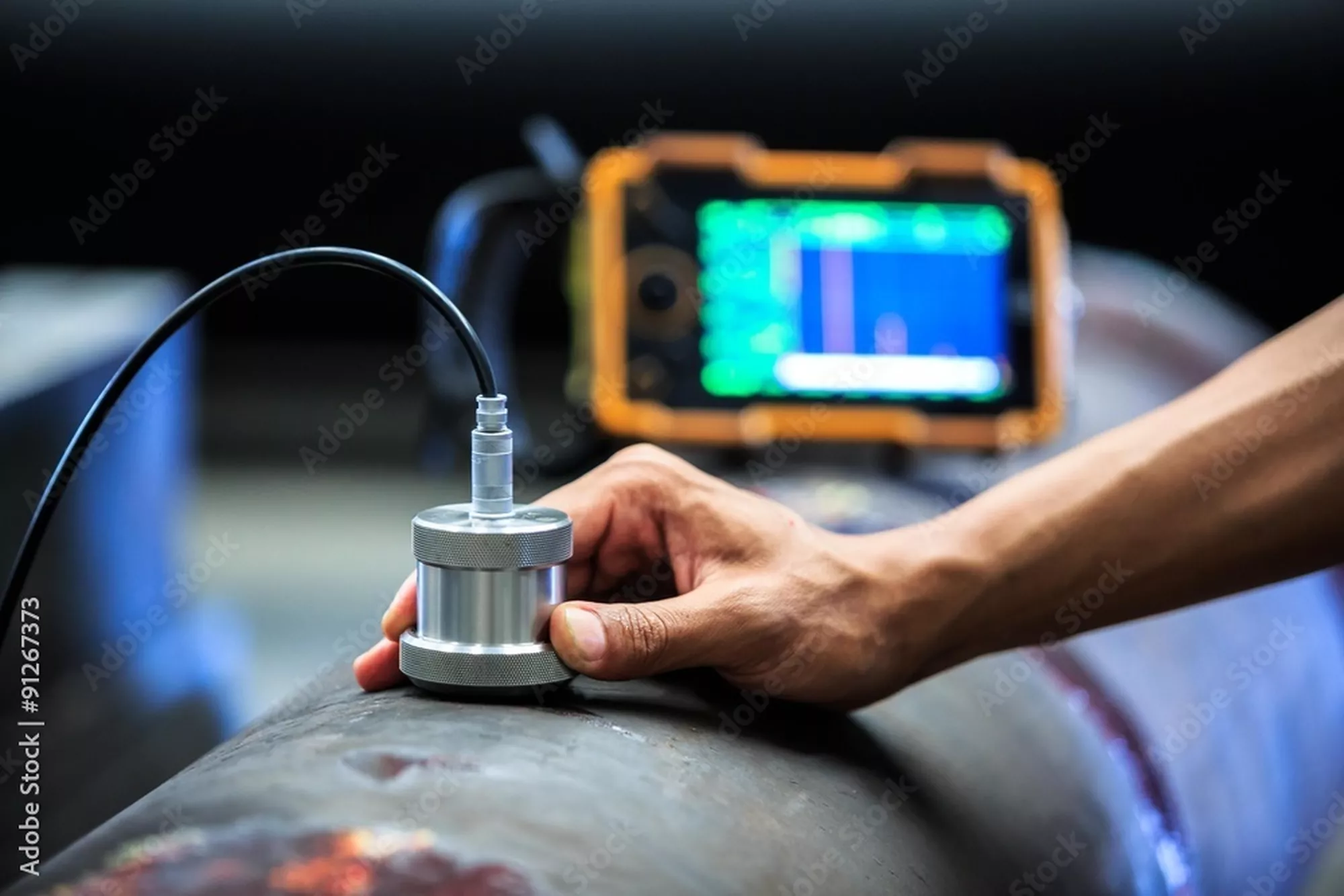
Detailed user interface
Provding you with extensive information on cylinder viability and safety
- Cylinder type
- Vessel thickness
- Test progress
- Flaws found
- Axial and radial positions
- Pass/fail grade
Ultrasonic examination (UE) is a non-destructive testing technique. It uses high-frequency sound waves to detect internal flaws or assess the integrity of materials or structures. The ultrasonic waves are transmitted through the material being tested.
During ultrasonic examination testing of cylinders, a transducer produces an ultrasonic beam that hits the inner wall of a cylinder and then reflects back to a receiver up to a thousand times a second. The returned echo produces an image of a defect, if one is present.
As ultrasonic scanning continues through a cylinder from top to bottom, a two-dimensional picture is produced of the wall of the cylinder. At the same time, the scan reveals the amplitude (voltage) versus time of the actual waveforms – like an oscilloscope display. This allows operators to analyze whether there are structural integrity issues or not.
Provding you with extensive information on cylinder viability and safety
